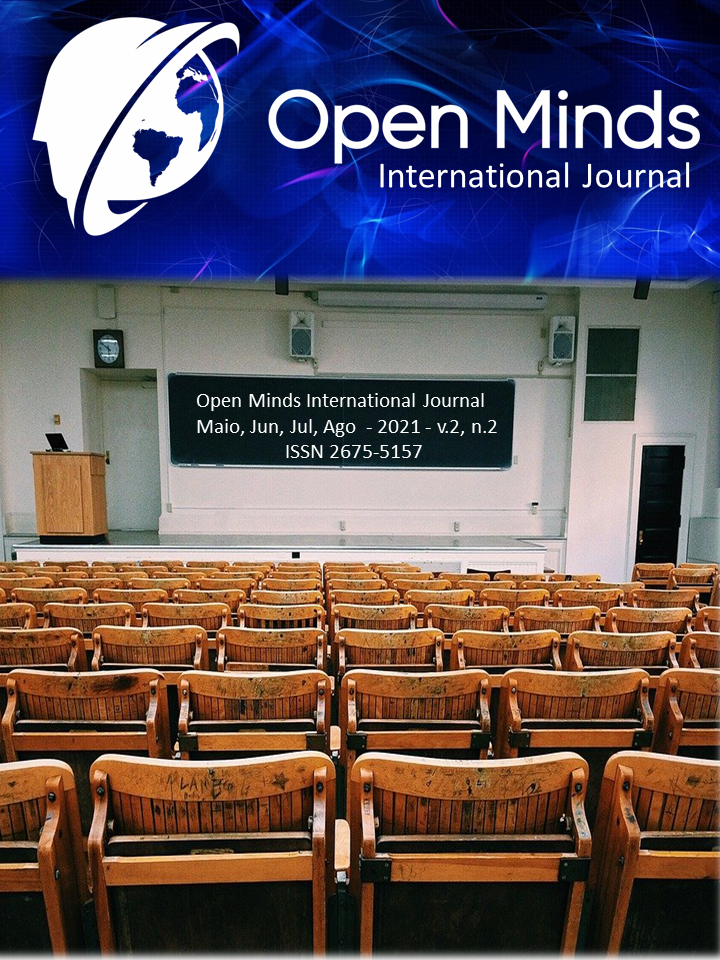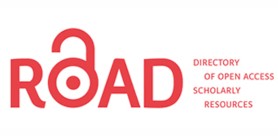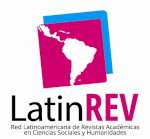FROM THE TRADITIONAL CLASSROOM TO THE INVERTED CLASSROOM: strategies for education in the digital age
DOI:
https://doi.org/10.47180/omij.v2i2.131Keywords:
Digital technology, Active Methodology, Teaching Strategies, Learning StructuresAbstract
The Inverted Classroom opens up a range of possibilities for possible changes to education without ignoring the challenges of the hybrid method for teaching and learning. Disruptive media have a strong ally in hybrid education, imposing a trajectory on educational practices, whose educational relations are based on horizontality, and whose concentration is in the inversion of the traditional domains that until then guided the pedagogical practices. The proposal around the Inverted Classroom is not static. It needs a reading of the behavior and relationships of the digital native with the environment that surrounds him every day. Hybrid teaching as a sustainable educational practice cannot be thought of only as a one-off action, it needs to become a way of life and constitute a conscious process that rethinks the development of skills and overcoming limits based on each developed action. It is reaffirmed that all partnerships are welcome, as highlighted in the reports with successful educational experiences regarding the qualification of the hybrid teaching process, the inverted classroom.
Downloads
References
BARBOSA, E. F.; MOURA, D. G. Metodologias ativas de aprendizagem na educação profissional e tecnológica. Boletim Técnico Senac, Rio de Janeiro, v. 39, n. 2, p. 48-67, maio/ago. 2013.
BARCELOS, A. M. F.; ABRAHÃO, M. H. V. Crenças e ensino de línguas. São Paulo: Pontes, 2006.
BECKER, D. V.; ÁVILA, LUCAS VEIGA; NASCIMENTO, L. F. M.; MADRUGA, L. R. R. G.. Educação para a sustentabilidade no Ensino Superior: O papel do docente na formação do Administrador. Revista Eletrônica em Gestão, Educação e Tecnologia Ambiental, v. 19, v. 19, n.3, set-dez 2015, p.615-628. Disponível em:<https://periodicos.ufsm.br/reget/article/viewFile/16413/pdf>. Acesso em: 13 mar. 2018.
BERGMANN, Jonathan; SAMS, Aaron. Sala de aula invertida: Uma metodologia ativa de aprendizagem. Trad. Afonso Celso da Cunha Serra. 1. ed. Rio de Janeiro: LTC, 2016.
Cartola - Agência de Conteúdo - Especial para o Terra. Sala de aula invertida tem aula em casa e tema na escola. On line. Disponível em: <https://www.terra.com.br/noticias/educacao/sala-de-aula-invertida-tem-aula-em-casa-e-tema-na-escola,1684eee6359f4410VgnVCM4000009bcceb0aRCRD.html> Acesso: 21 mar 2018.
CLARK, R. C.; MAYER, R. E-Learning and the science of instruction: proven guidelines for consumers and designers of multimedia learning. 3. ed. San Francisco: Pfeiffer, 2011.
COSTA, Marina Morena. Sala de aula invertida faz alunos aprenderem de forma livre. 3 de maio de 2016. On line. Disponível:
http://porvir.org/sala-de-aula-invertida-faz-os-alunos-aprenderem-de-forma-livre/ Acesso. 21 mar 2018.
HORN, Michael B.; STAKER, Heather. Blended: usando a inovação disruptiva para aprimorar a educação. Porto Alegre: Penso, 2015. 292 p.
KENSKI, V. M. Tecnologias e tempo docente. Campinas: Papirus, 2013.
LOPES, Marina. Em uma escola estadual de Campinas, as aulas de matemática se tornaram mais dinâmicas com exercícios e interações entre professores e alunos. 24 de agosto de 2015. On line. Disponível em: http://porvir.org/sala-de-aula-invertida-poupa-tempo-para-interessa/ Acesso: 21 mar 2018.
MOITA, Lopes. Pesquisa Interpretativista Em LA (1994) - Documents: https://docgo.net/moita-lopes-pesquisa-interpretativista-em-la-1994 Acesso jan 2018.
MORAN, J. M. Mudando a educação com metodologias ativas. In: SOUZA, C. A.; TORRES-MORALES, O. E. (Orgs.). Convergências midiáticas, educação e cidadania: aproximações jovens. Ponta Grossa: UEPG, 2015. (Mídias Contemporâneas, v. 2). p. 15-33. Disponível em: Acesso em: 23 out. 2015.
MOREIRA, Luciano Accioly Lemos. A (In)sustentabilidade do discurso da educação para o desenvolvimento sustentável do Banco Mundial. ETD. Educação Temática Digital, v. 9, p. 20-30, 2008.
PRADO, A. Entendendo o aluno do século 21 e como ensinar a essa nova geração. São Paulo: Geekie, 2015. Disponível em: <https://cld.pt/dl/download/ b9bcdc77-a9cb-4cfd-af7c-b7bb28895e7f/EBOOK_geekie_aluno21.pdf>. Acesso em: 10 out. 2015.
RAMAL, Andrea. Sala de aula invertida: a educação do futuro. 28 de abril 2015. On line. Disponível em: http://g1.globo.com/educacao/blog/andrea-ramal/post/sala-de-aula-invertida-educacao-do-futuro.html Acesso: 21 mar de 2018
SCHLÜNZEN JÚNIOR, K. Como a tecnologia pode contribuir para renovar a educação: porque precisamos adaptar nossas práticas a um cenário educacional em constante mudança? 2015. Painel apresentado pelo professor em parceria com pesquisadores e profissionais da área de educação no 1º Congresso Bett Educar, São Paulo, 2015.
TALLEI, Jorgelina. Professora de espanhol fala do impacto na metodologia nas aulas da Universidade Federal da Integração Latino-Americana (UNILA). 14 de janeiro 2015. On line. Disponível em: http://porvir.org/sala-de-aula-invertida-da-autonomia-ao-aluno/ Acesso: 21 mar 2018.
VALENTE, J. A. Blended learning e as mudanças no ensino superior: a proposta da sala de aula invertida. Educar em Revista, Curitiba, n. 4, p. 79-97, 2014.
Downloads
Published
How to Cite
Issue
Section
License
The authors declare that any work submitted, if accepted, will not be published elsewhere, in English or in any other language, and even electronically, unless it expressly mentions that the work was originally published in the Journal.













